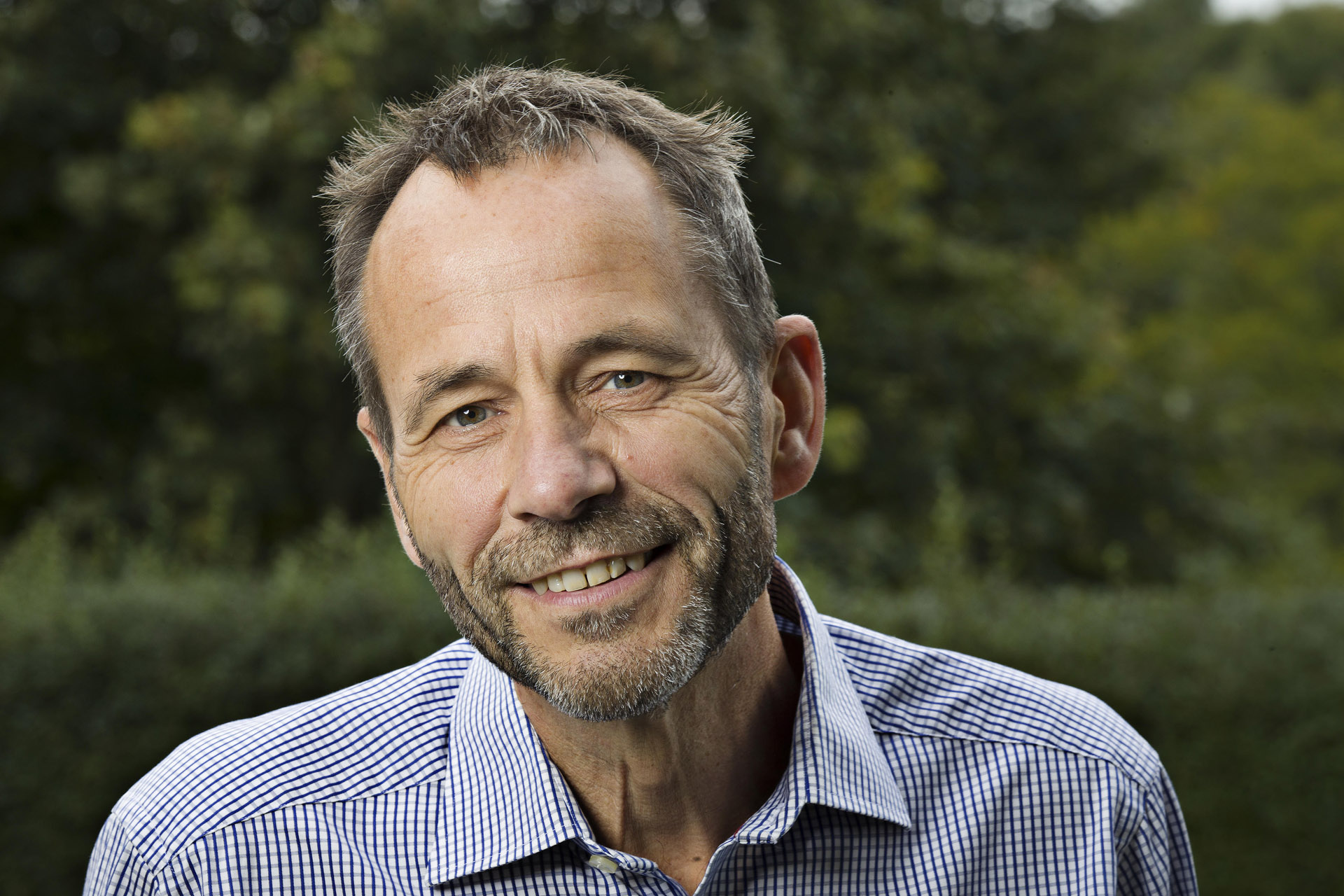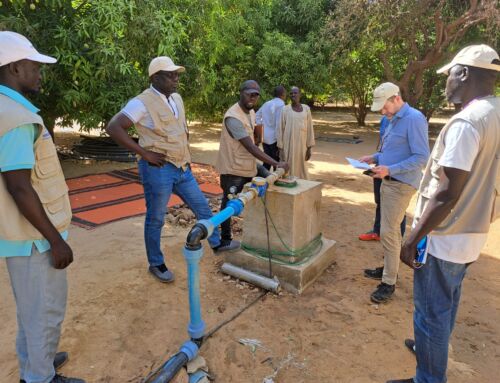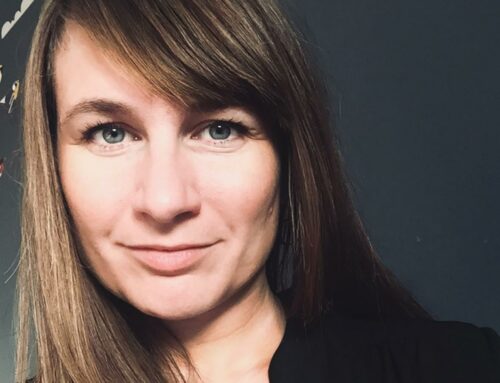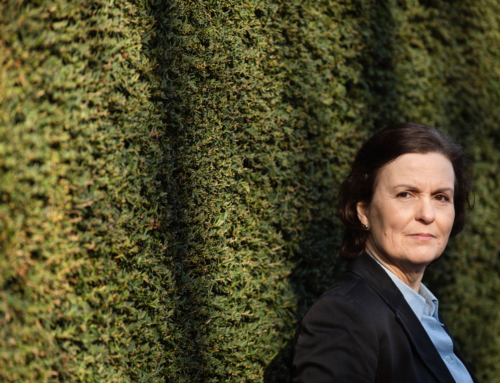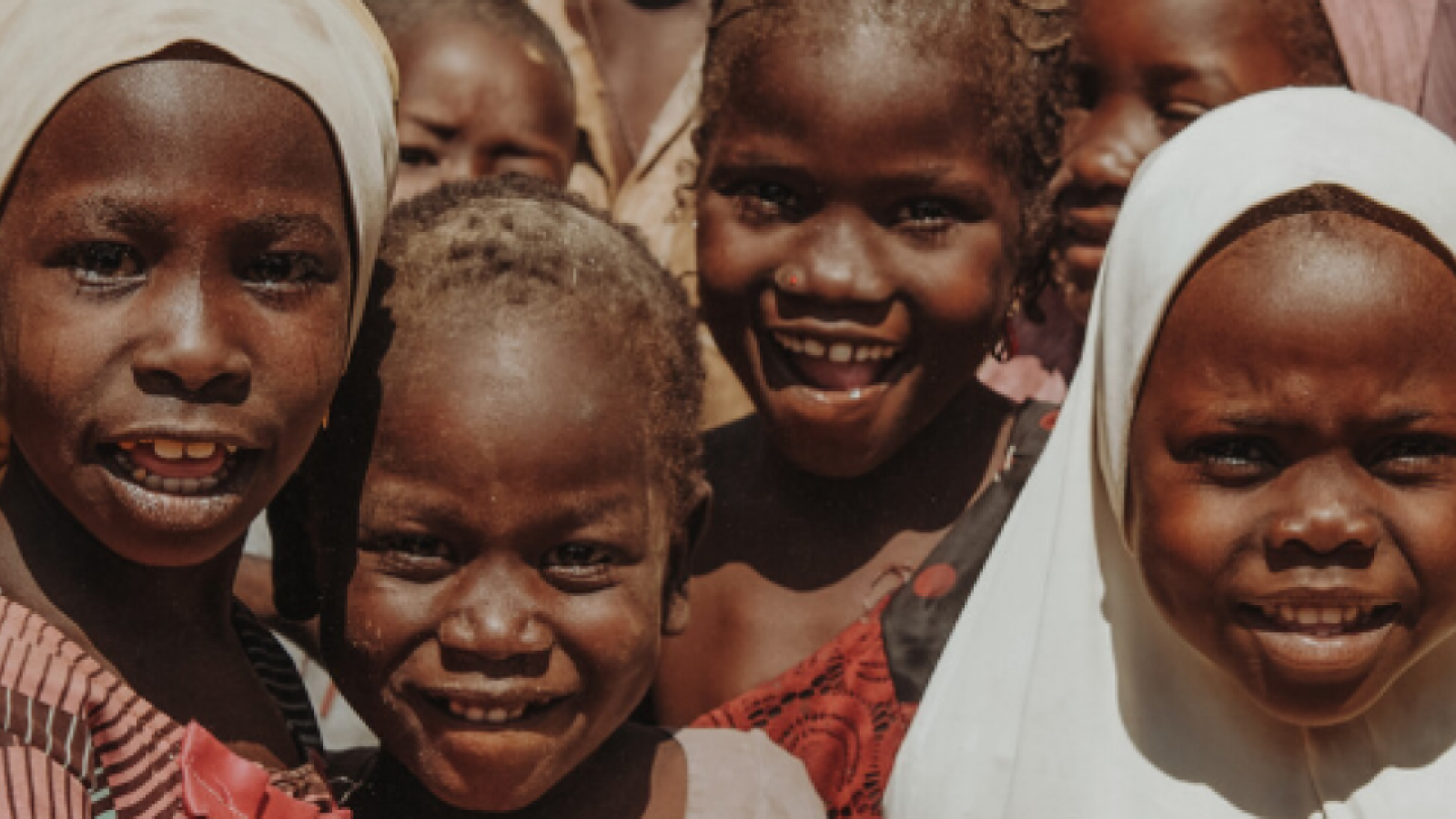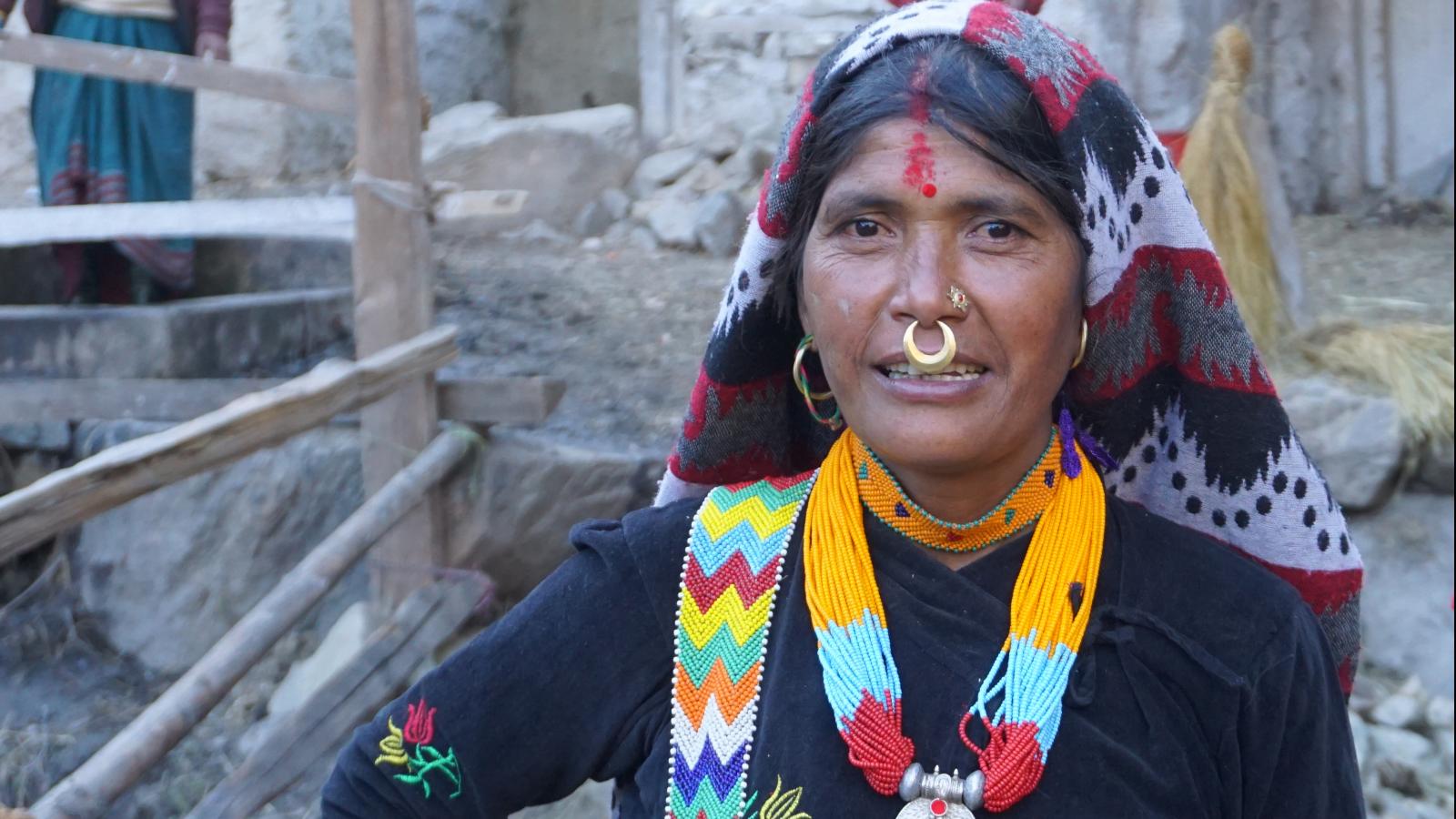The famous danish weatherman Mikael Jarnvig appeals to invest money and technology to provide water, food and energy to the world’s poorest. Otherwise, our children and grandchildren will witness a climate catastrophe of wide dimensions, he says. Jarnvig recommends Mission East’s climate efforts.
We can slow down climate change, but it is expensive. This is a cost that the West must be willing to invest in. Otherwise, our grandchildren will witness a catastrophe of wide dimensions – especially in poor countries. It is now that we must share our knowledge and technology across borders to ensure water, food and energy for our fellow human beings.
This is what the famous meteorologist at The Danish Broadcast Company Mikael Jarnvig, who is also an ambassador for Mission East, says. It is not enough for him to predict the weather one day, one week, one season or one age ahead. He uses his profile to raise awareness and get the Danes and others involved:
“I want to be used to make the world a better place. With my own finances I cannot help the whole world, but if I use my face and my voice to recommend Mission East’s relief work, then maybe I can get a thousand people to give 1000 Danish Kroner each, and then we are up to a million! So I hope there are some who will listen to me,” he says.
We have to get started
Mikael Jarnvig is particularly concerned about the climate, which he himself has seen change since he started as a student at the Danish Meteorological Institute 50 years ago. And that is why he gives lectures on climate change and what we can do about it.
The situation is not entirely hopeless:
“There is hope, but it costs money, and we must also hurry. The West has the money, but we are also the slowest to start changing our habits. In most places where the rich people live, there is not so much climate change that we cannot cope with it. We may get a little more stormy weather, a few more cloudbursts, more water in the basement, etc. It is the poor countries that will experience major consequences of climate change. Therefore, we must hurry to move some technology and some money from the rich to the poor so that we can reach out to them where they are. Because it costs money to adapt to the new climate.”
The world is warmer than ever
There are divided opinions about climate change. Have you noticed any changes yourself?
“Yes, I certainly have. I can remember more snowy winters than my kids come to remember. But the most important argument for climate change is that we have valid good stable measurements, which for Denmark span almost 150 years, that is from 1874. They show without any doubt that temperatures are rising more and more. To begin with, there was not much. But since the 1970s, it has simply gone up so furiously that one has not seen anything like it in the time that humans have been on the planet. Together with 2016, 2020 was the warmest year we have ever had.”
And yet you say we can change the situation?
“Yes we can. We will never return to the old climate. Once the ice has melted up in the North, we cannot expect it to form anymore because the temperature is so high. And even if we stop CO2 emissions now, one will not be able to measure a difference for decades, maybe a hundred years. CO2 and other greenhouse gases live that long.”
We’re all in the same boat
That is why we need to adapt so that we can cope with the climate we have created ourselves, Mikael Jarnvig believes:
“We’re sitting in the same boat and cannot just watch as the water trickles in and say, ‘Well, it’s not me who started, it’s not my ship, you weigh more, and you’re strong, so you are better in bailing out the water!” Then the water level just rises inside the boat, and suddenly there is no boat left!”
We need to find out what life is really about, he continues.
“Life is about having a good place to live, having something to eat, something to drink, and security and love. But whether we drive a car that has three cylinders or eight cylinders, really doesn’t matter. On the other hand, it does matter that our fellow human beings are given the same rights and opportunities as us. That they also have a safe place to live.”
Solar cells and new cultivation methods
Mikael Jarnvig speaks warmly from his heart. And the talk naturally falls on what people in poor countries themselves can do and how we can help and support:
“All the way out in the small villages, they can actually do nothing. Because they have no money to do anything other than what they are doing now. That is why they must have received help,” he says and gives a concrete example:
“For example, we can provide solar cells to villages in Africa, Asia and South America, where there is both a lot of sun and a great need for electricity, but where the wires may not have reached all the way to the villages. If they could get solar cells in their cabins, they could get power on their cell phones, which means a lot more to them than to us. Then they could get light so the kids could do homework in the evening. Then they could get cooking installations that could be powered by sunlight. You could help so much with relatively little money.”
Food production methods must change
But power supply is not enough. Our current food production methods must change:
“Fields and irrigation systems are laid out based on our historic climate, as we have done for hundreds of years, and in some places thousands of years. We have to change that so that we produce food in a different way, maybe also some other products. For the traditional crop simply cannot cope with the new climate, where the weather fluctuations become much greater. The rhythm of rainy season and dry season has been broken, so the population has come confused with what to do. Here we can come in with knowledge from other countries and recommend crops that can last much better or recommend how to build a dike or provide fresh water for irrigation.”
We can, if we want to. Because climate change is a reality and should therefore be considered as part of a sustainable relief work programme, just as Mission East is in full swing doing.
Photo by Niels Åge Skovbo.

